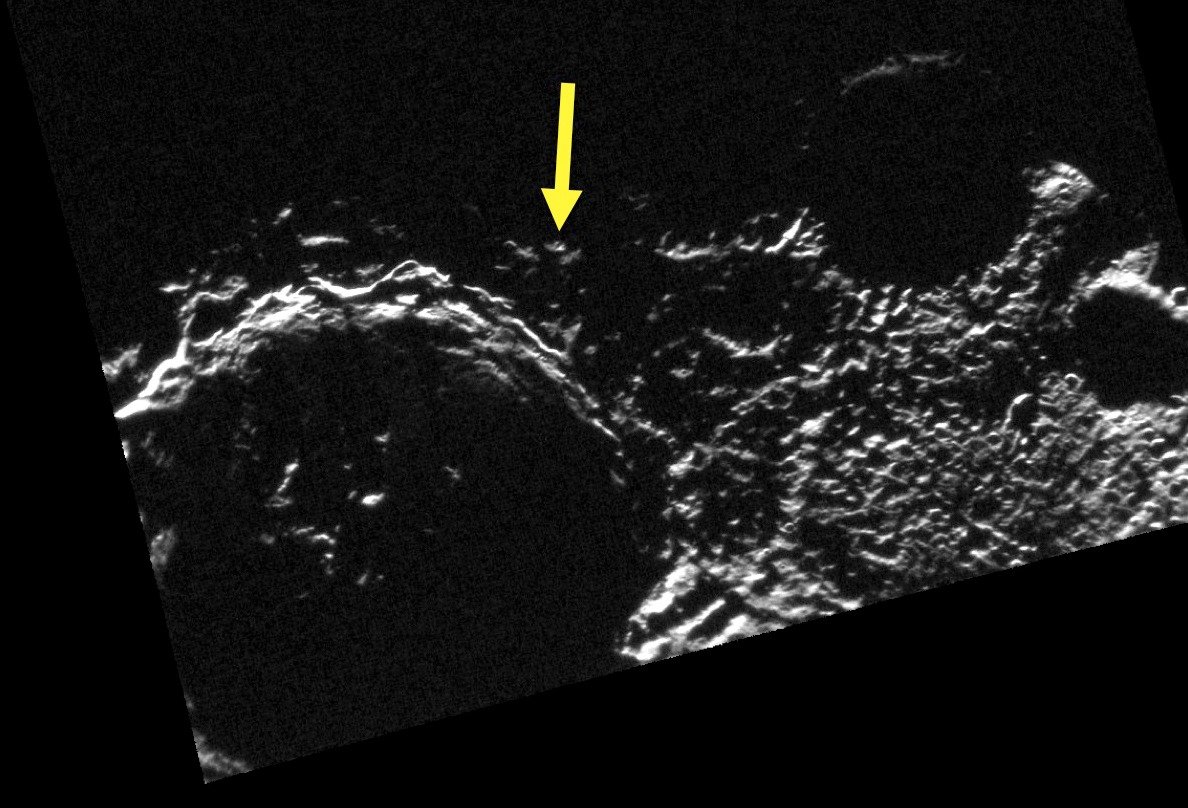Image: the peak of (almost) eternal light at Mercury’s South Pole
Credit: NASA/Johns Hopkins University Applied Physics
Imagine a point on the surface of a celestial body that is permanently illuminated by the Sun. We have a beautiful name for this place…a peak of eternal light (or PEL for short). We are not sure whether the true peaks of eternal light actually exist, but some of the places we find in the Solar System come pretty close.
Where are they?
Planets and moons are always in motion. Therefore the amount of sunlight (or starlight, if we are talking about the exo-Solar System objects) they receive varies depending time of day, season and latitude.
Good candidates for the locations of the ‘eternal light’ spots are those planets and moons that rotate ‘straight’. Can you think of any such object in our Solar System? Why…our Moon, of course! And Mercury! The sunlight strikes the polar regions of these worlds ‘sideways’. As a result, the poles experience some of the most extreme conditions found anywhere in the Solar System. The rims of the polar craters face the never-setting Sun, while the craters’ floors get little (or none at all) direct light.
Eyes on the Moon
When scientists talk about the peaks of eternal light, they almost always refer to those on the Moon. Back in the 1870s the French astronomer and novelist Camille Flammarion theorized that the ‘pics de lumiere eternelle’, as he called them, exist on the lunar poles. But even before him, in the 1830s, the two German astronomers, Jonann Mädler and Willhelm Beer [who made the first exact map of the Moon], talked about the possibility of finding areas of (nearly) permanent illumination on the lunar surface.
Modern astronomers have their eyes on the sunlit parts of the Moon too! Several missions, such as ESA satellite SMART-1, NASA Clementine mission and NASA’s Lunar Reconnaissance Orbiter, explored the illumination of the linar surface in detail and identified several places that receive the so-called eternal light. According to their findings, the best ‘eternal light’ candidates are located near the North Pole on the rim of Peary crater.
The lunar South Pole (although relatively flat compared to the North Pole) also has areas of high illumination. They include the rim of the Shackleton crater plus two locations on a ridge between Shackleton and de Gerlanche crater.
Note
Interestingly, Mercury also has some ‘almost’ eternal light locations. For example, a place near the planet’s South Pole (yellow arrow on the image above) is illuminated for about 82% of the Solar Day.
Why are the peaks of eternal light crucial for space explorers?
Peaks of eternal light are of immense importance for the long duration visits to the Moon and other celestial bodies. These sunlit spots would be ideal locations for the future lunar outposts. They can provide us with vital resources: energy, fuel, even oxygen! We can build solar power stations there and use the solar energy to ‘feed’ rovers and support human activity. But, equally important are the floors of the eternal light craters, the ones that stay in the permanent shadow. Some of these craters hide a supply of water ice – a source of drinking water, breathable oxygen as well as oxygen and hydrogen that the future visitors to the Moon can use as rocket fuel. Moreover, these locations offer stable temperatures. That is very important for the complex mechanisms we are planning to operate on the Moon. And even more so for us fragile humans.
A few things to worry think about
The eternal (or almost eternal) light areas on the lunar surface are small, meaning that the competition for these prime locations might be quite fierce.
Spacefaring nations will need to establish a good dialogue and reach agreement on how these places will be accessed, occupied and shared and make sure the PEL (and other space resources) are used for the advancement of science and for the benefit of the people of the Earth. Do you agree?
Questions? Comments? Suggestions? Let us know in the comments below! Please visit our Portable Planetarium web site http://wonderdome.co.uk to find out more about our planetarium shows, space parties, Astronomy Talks with Wonderdome and more!

